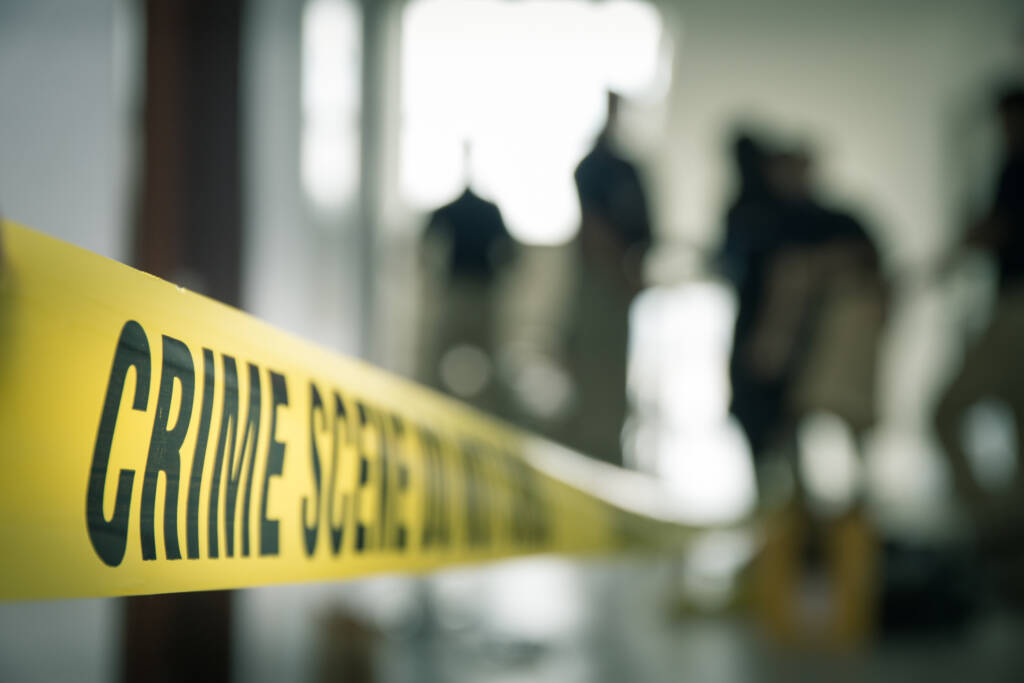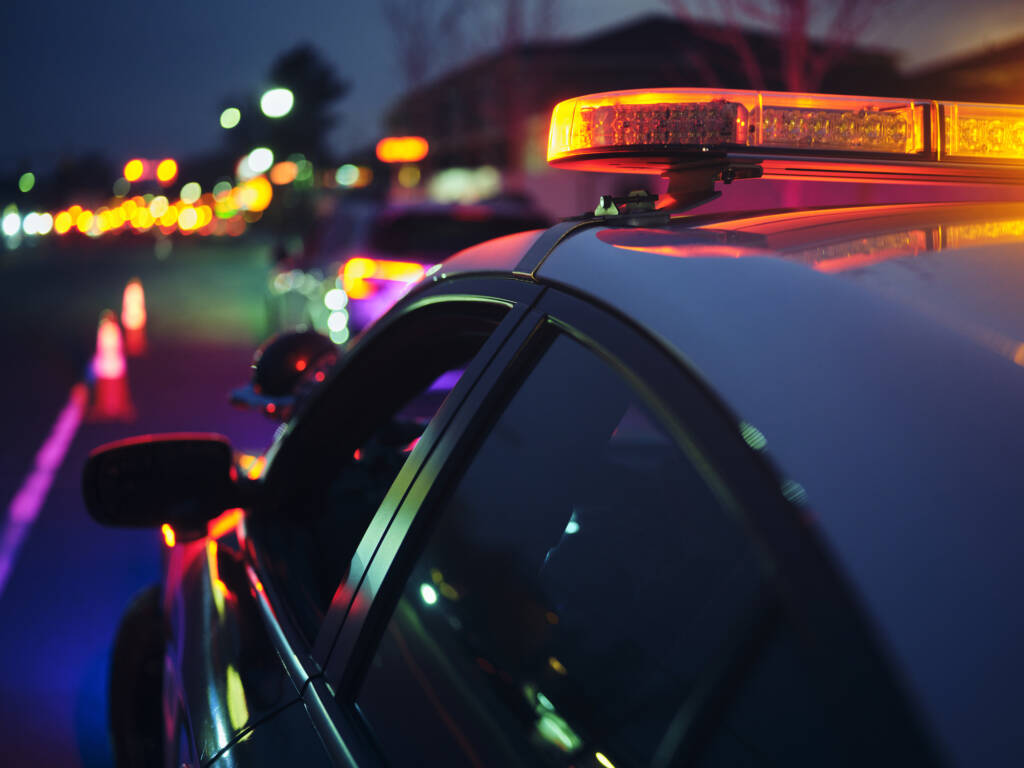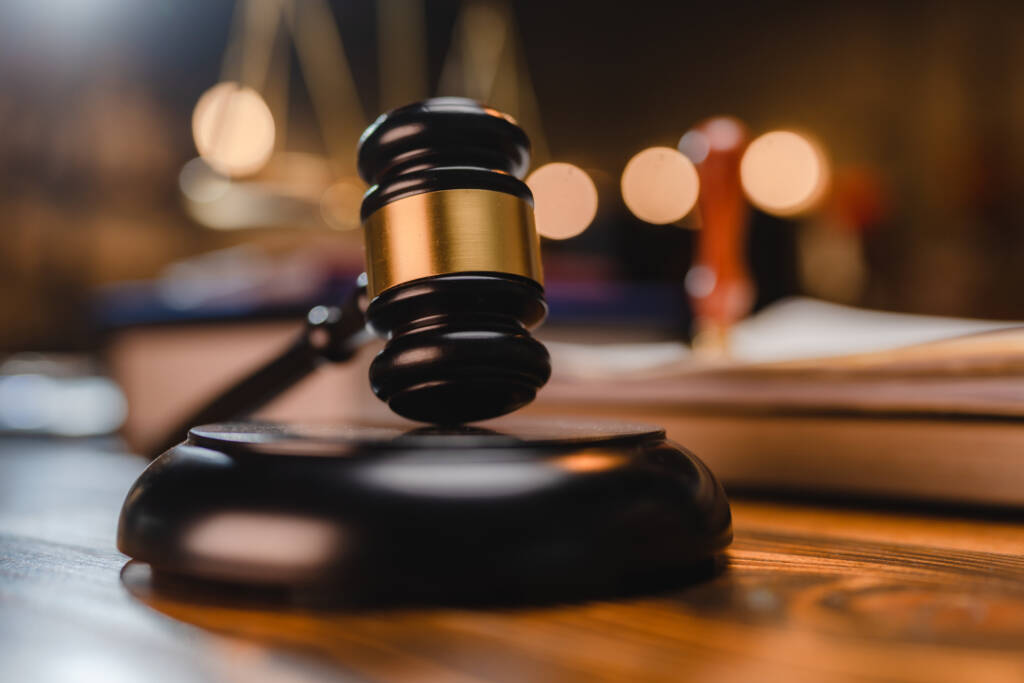
Forensic Science 1 (lab)

Fingerprints. Blood spatter. DNA analysis. The world of law enforcement is increasingly making use of the techniques and knowledge from the sciences to better understand the crimes that are committed and to catch those individuals responsible for the crimes. Forensic science applies scientific knowledge to the criminal justice system. This course focuses on some of the techniques and practices used by forensic scientists during a crime scene investigation (CSI). Starting with how clues and data are recorded and preserved, the student will follow evidence trails until the CSI goes to trial, examining how various elements of the crime scene are analyzed and processed.
Adult themes are explored in a direct and mature manner in this course. This material may not be appropriate for middle school or early high school students.
This course is one of our Career Exploration offerings. During this course, you will learn career-related skills and earn a badge for this accomplishment. A badge is a digital certification of your career-related learning that you can share on social media and higher education platforms, or with colleges, potential employers, peers, and colleagues. Select this link to learn more about badges.
Note: content varies depending on the course version. For currently enrolled students, please refer to the syllabus located in the course information area for curriculum specifics.
Major Topics and Concepts
Segment 1
- Learn about forensic science as a field of study.
- Discuss the history and development of the field of forensic science.
- Examine some of the responsibilities that forensic scientists have in their work.
- Investigate the relationship between forensic science and the criminal justice system.
- Explore some of the specialty areas within forensic science.
- Discover how a crime scene is secured.
- Examine the different ways in which a crime scene is recorded.
- Learn how forensic scientists and officers search a crime scene for evidence.
- Investigate how evidence is collected and packaged.
- Learn why evidence needs to be collected carefully and within legal guidelines.
- Learn about the different types of evidence.
- Examine the difference between individual and class characteristics and what they mean for crime investigations.
- Discuss how physical and chemical properties help forensic scientists compare samples.
- Investigate glass fragments and soil as physical evidence and what they can tell forensic scientists about a crime.
- Discuss how impressions, like footprints and tire tracks, are collected and analyzed.
- Learn about the physical structures of hair, blood, and fingerprints.
- Discuss how DNA can be found in hair collected from crime scenes.
- Investigate how stains are tested to determine if they are blood and if they are human blood.
- Learn about the different types of fingerprints.
- Examine how fingerprints are discovered and collected at a crime scene.
- Discuss how firearm and bullet evidence is collected from a crime scene.
- Learn why bullets fired from a gun can contain unique markings and striations.
- Examine how investigators can estimate the distance between a gun and a shooting victim.
- Investigate what information forensic scientists can learn from tool marks.
- Discuss how forensic scientists can recover serial numbers from firearms and vehicles.
- Investigate some of the ways that can help determine the time of death.
- Learn about some different ways that bodies may decompose.
- Discuss what forensic scientists can learn from a forensic autopsy.
- Examine what information can be gained from skeletal remains.
- Learn about ongoing research into decomposition rates.
- Learn about the properties of DNA.
- Examine how and why DNA can be used as an individual characteristic in forensic science.
- Investigate how biological evidence is best collected and preserved for DNA testing.
- Discuss what tests are used on biological evidence to retrieve DNA information.
- Examine some of the considerations in using DNA in court trials.
- Discuss what challenges arson and explosion crime scenes present in the collection, preservation, and analysis of evidence.
- Learn how investigators determine where a fire started and whether accelerants were used.
- Examine the different types of explosive materials that may be used in bombs and other explosions.
- Investigate how evidence at an arson scene is collected and tested.
- Discuss the methods used to test for explosive materials at crime scenes.
Competencies
Forensic Science
Students will demonstrate an understanding of forensic science by describing the development of the forensic science field, explaining the responsibilities of a forensic scientist, and explaining the importance of forensic science.
Crime Scenes
Students will demonstrate an understanding of crime scenes by describing how a crime scene is secured, explaining ways in which a crime scene is recorded, and summarizing how evidence is processed.
Physical Evidence
Students will demonstrate an understanding of physical evidence by describing different types of physical evidence, explaining characteristics of physical evidence, and explaining the analysis of physical evidence.
Biological Evidence
Students will demonstrate an understanding of biological evidence by describing physical structures of biological evidence and explaining the collection of biological evidence.
Firearm Evidence
Students will demonstrate an understanding of firearm evidence by describing the collection of firearm evidence and explaining the analysis of firearm evidence.
Human Remains
Students will demonstrate an understanding of human remains by describing the investigation of human remains and explaining forensic autopsy.
DNA Evidence
Students will demonstrate an understanding of DNA Evidence by describing the properties of DNA, explaining the use of DNA in an investigation, and explaining the preservation of biological evidence for DNA testing.
Explosive Material Evidence
Students will demonstrate an understanding of explosive material evidence by describing types of explosive materials, explaining the preservation of explosive material evidence, and explaining the analysis of explosive material evidence.

